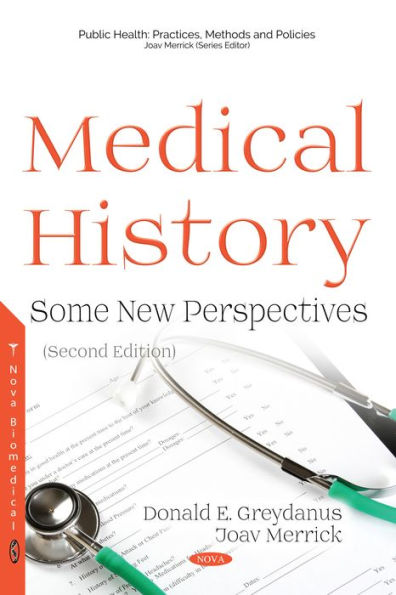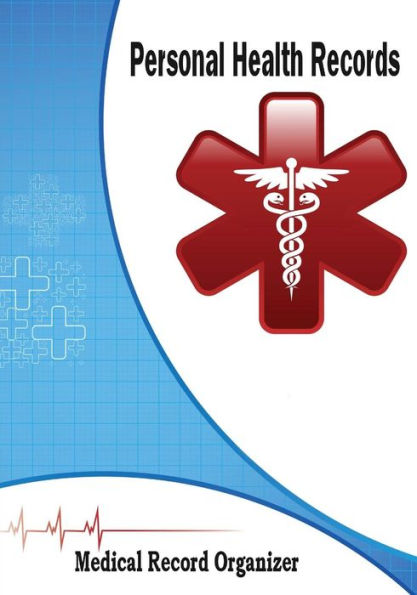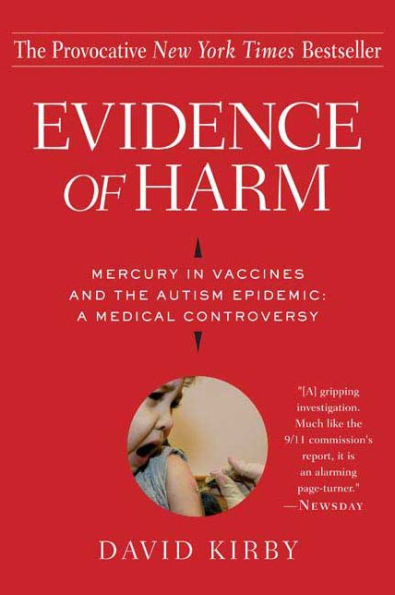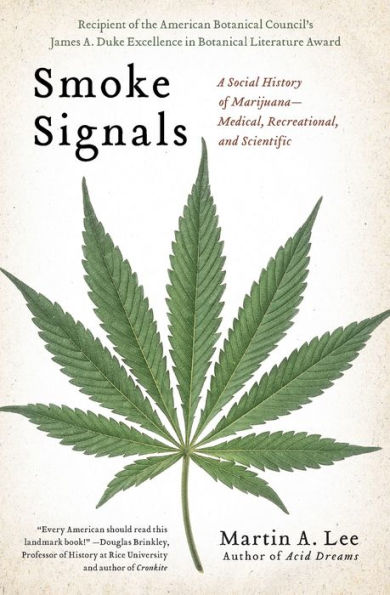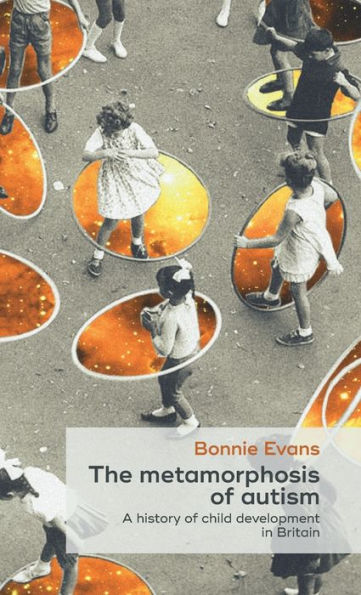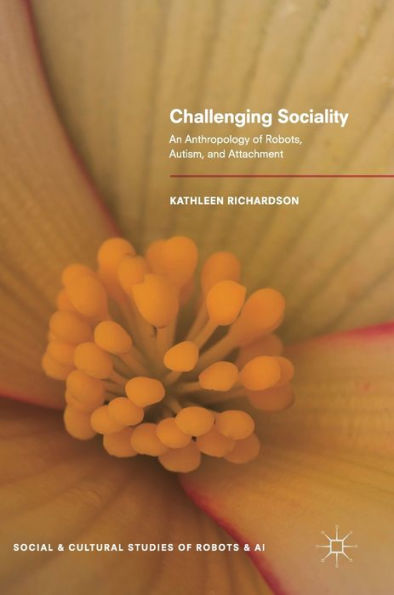Home
Autism: A Social and Medical History
Barnes and Noble
Autism: A Social and Medical History
Current price: $139.99
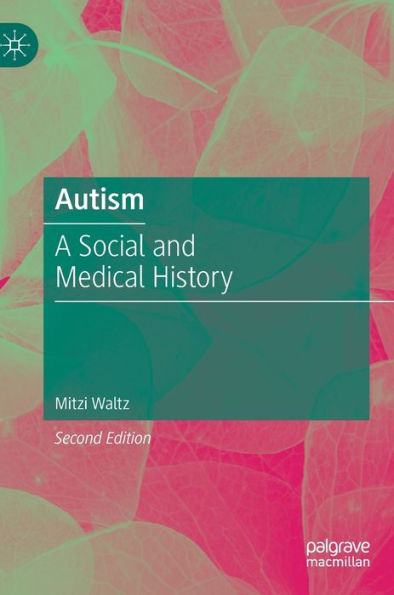

Barnes and Noble
Autism: A Social and Medical History
Current price: $139.99
Size: Hardcover
Loading Inventory...
*Product information may vary - to confirm product availability, pricing, shipping and return information please contact Barnes and Noble
This expanded second edition of Mitzi Waltz’s
Autism: A Social and Medical History
offers an in-depth examination of how the condition was perceived before it became a separate area of investigation, and how autism has been conceptualised and treated since. As well as strengthening the existing text, Waltz has added material on a number of topics that have received increased attention since the first edition, including the rise of the anti-vaccination movement, the shift towards genetic and genomic research, and the progress of the autism self-advocacy movement.
The author examines these issues through the perspective of what they mean for autistic people, clinicians and society, and looks at the challenges still faced by autistic people. Waltz also looks at the increased autism diagnosis among girls and women, and how autism has been represented in traditional media and social media. The book includes information from interviews with key researchers, parents of autistic children and people with autism.
Autism: A Social and Medical History
offers an in-depth examination of how the condition was perceived before it became a separate area of investigation, and how autism has been conceptualised and treated since. As well as strengthening the existing text, Waltz has added material on a number of topics that have received increased attention since the first edition, including the rise of the anti-vaccination movement, the shift towards genetic and genomic research, and the progress of the autism self-advocacy movement.
The author examines these issues through the perspective of what they mean for autistic people, clinicians and society, and looks at the challenges still faced by autistic people. Waltz also looks at the increased autism diagnosis among girls and women, and how autism has been represented in traditional media and social media. The book includes information from interviews with key researchers, parents of autistic children and people with autism.

